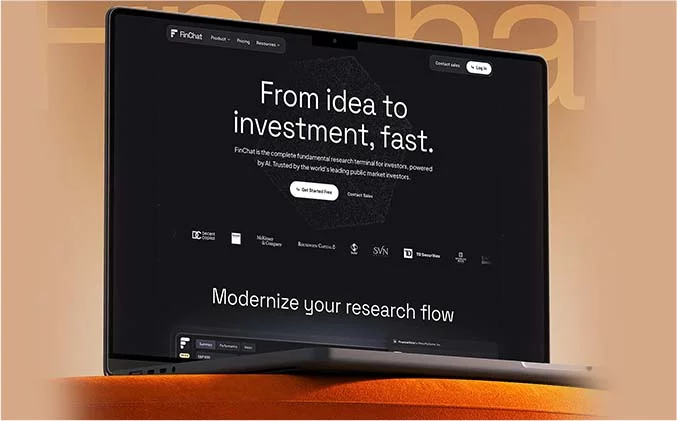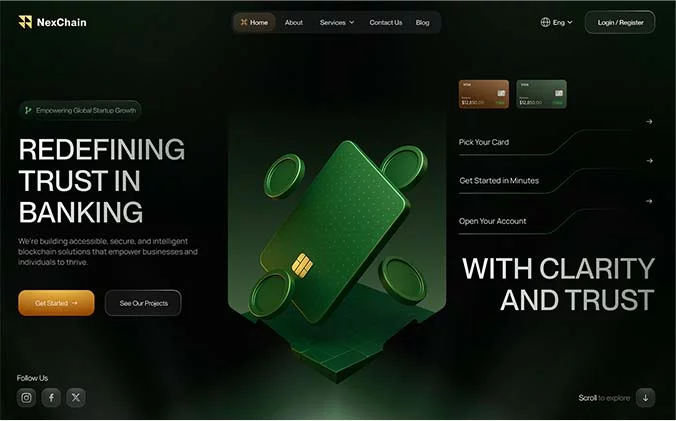
Introduction: The Shift from Google to the ‘For You’ Page
For over a decade, marketers fought for Google’s top spot. In 2025, that battlefield has shifted to TikTok and Instagram.
Today’s Gen Z and younger millennials no longer Google things first. They search directly within social platforms whether to find a new café, compare skincare products, or scout productivity tools.
Google’s own data confirms it: more than 40% of Gen Z prefer TikTok or Instagram search over traditional web search.
The implications are huge. Social media has evolved from a broadcast tool into the front door of brand discovery.
This article breaks down how brands and creators can optimize content to rank within social search turning impressions into intent and intent into action.
Understanding Social Search Behavior
Unlike web search, social search is visual, contextual, and emotionally driven. Users don’t want links they want faces, reviews, and relatable experiences.
Here’s how behavior has evolved:
- TikTok as Search 2.0: Queries begin with “best,” “how to,” or “ideas for” followed by a lifestyle or location cue (“best brunch Karachi”, “how to style linen set”).
- Instagram as the Discovery Layer: IG Search blends hashtags, captions, and now keywords from Reels and alt-text to deliver results.
- Content Longevity: Search-optimized posts resurface for months, offering ongoing visibility long after publishing.
The result: brands gain organic, intent-driven reach that isn’t dependent on paid boosts.
The Ranking Signals Behind TikTok & Instagram Search
Each platform’s algorithm operates differently, but several ranking signals tend to overlap and influence visibility across both TikTok and Instagram. On both platforms, keywords play a crucial role TikTok prioritizes them heavily in captions and on-screen text, while Instagram considers them moderately important. Using long-tail phrases such as “affordable Pakistani skincare routine” helps content appear in more precise searches.
Watch time and replays also matter significantly. The longer users stay engaged with your content ideally hooked within the first two seconds the higher it tends to rank. Engagement in the form of comments, shares, and saves strengthens ranking on both platforms, so brands should include interactive prompts like “Which look would you try?” to encourage conversation.
Audio and hashtag relevance further boost reach, especially when creators use trending sounds that align with their niche. On Instagram, alt text and accessibility metadata are becoming increasingly valuable, offering an extra layer of discoverability. Meanwhile, geo-tagging and local cues help both platforms surface content to nearby audiences, making it particularly powerful for local businesses.
In short, social SEO thrives on clarity, not clutter. Instead of overloading posts with generic hashtags, focus on authentic context that reflects real user intent the kind of content people are genuinely searching for.
Crafting “Searchable” Content
Optimizing for social search isn’t about keyword stuffing; it’s about anticipating questions your audience is already asking.
- Speak Their Search Language
Use phrasing your audience would actually type:
Instead of “My morning skincare routine”, try “Morning skincare routine for oily skin Pakistan.”
- On-Screen Text & Captions
TikTok reads on-screen text like a headline.
“5 Outfit Ideas for Karachi Humidity” ranks better than “OOTD Vlog #OutfitInspo”.
- Keywords in Voiceovers
AI audio recognition indexes spoken words. Narrate naturally e.g. “Here’s how to style linen pants for the office.” - Leverage Alt Text & Subtitles
Customize Instagram alt text and edit TikTok’s auto-captions to include accurate, descriptive keywords. - Blend Timely + Evergreen Topics
Mix trend-based tags (#EidLooks2025) with long-term queries (“Corporate outfit ideas women Pakistan”) to build continuous discovery.
How Brands & Influencers Can Win Together
Influencer collaborations now drive search visibility, not just reach. Each creator’s post becomes a lasting ranking asset.
Smart partnership strategies:
- Brief for Search: Include key phrases in influencer briefs (“use ‘best summer perfumes under Rs 5k’ in caption”).
- Co-Own Assets: Secure rights to reuse influencer videos on your brand’s feed for extended discoverability.
- Add Local Context: For experiential or retail campaigns, include city tags, store names, or neighborhood mentions.
- Shift Hashtags to Intent: Swap generic #OOTD for #EidOutfitIdeas or #LinenShirtsKarachi.
Done consistently, this approach transforms influencer marketing into a social SEO engine.
Measuring Success Beyond Views
True success in social search lies in intent capture, not vanity metrics.
| Metric | Why It Matters |
| Search-driven impressions | Reflects your keyword visibility health |
| Saves / shares | Indicate educational or inspirational value |
| Follower growth post-search spike | Signals trust and content relevance |
| Website clicks / product visits | Show real conversion potential |
| Comment sentiment (“Where can I buy this?”) | Direct proxy for purchase intent |
Tools like Mentionlytics, MightyScout, or Sprout Social Discover can correlate influencer and search-triggered performance.
The Future: AI-Driven Search & the Visual Query Era
AI is turning visuals into data. Platforms now recognize context objects, tones, and environments without text cues.
- The color palette in a thumbnail can trigger results for “minimalist home decor.”
- A visible brand logo can link directly to commerce listings.
- AI summaries may soon replace hashtags as metadata.
Brands that adopt semantic video SEO early will own the next generation of search visibility.
Conclusion: Your Front Door Is Now Visual
Your brand’s next discovery moment might not come from a Google search it could start with a single scroll.
For marketers in 2025, the takeaway is clear:
- Write captions like mini search ads.
- Treat TikTok & Instagram as your SEO battlegrounds.
- Align influencer briefs around discoverable, intent-driven content.
If your content answers what your audience types or speaks you won’t just trend; you’ll be found.







